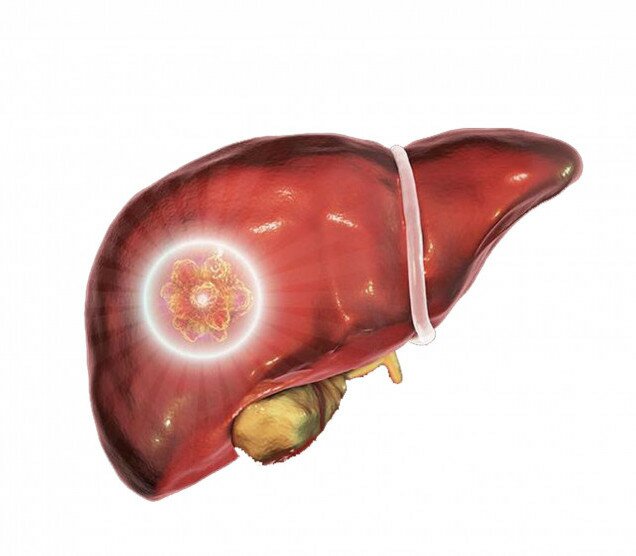
Nonalcoholic fatty liver disease (NAFLD) is characterized by pathologically significant fatty degeneration of the liver and radiologically diagnosed fatty liver. Fatty degeneration of the liver and its level, which are closely related to liver inflammation and fibrosis, can be used to predict the incidence risk of metabolic syndrome (MetS) and Type 2 diabetes mellitus (T2DM).
Magnetic resonance spectroscopy (MRS) can identify the accumulation of fat in hepatocytes exceeding 5% of the weight of the liver, which is highly accurate. But the high cost makes it harder to be widely used.
By collecting blood samples from a large number of patients with chronic liver diseases and conducting single-dimensional and multi-dimensional statistical analysis, Human Metabolomics Institute, Inc. has identified indicators used for auxiliary diagnosis of the levels of fatty liver and accordingly developed the LiveFat® Hepatic Steatosis Risk Calculation Software based on the gradient boosting decision tree (GBDT) model to assess the risk of fatty degeneration of the liver.


